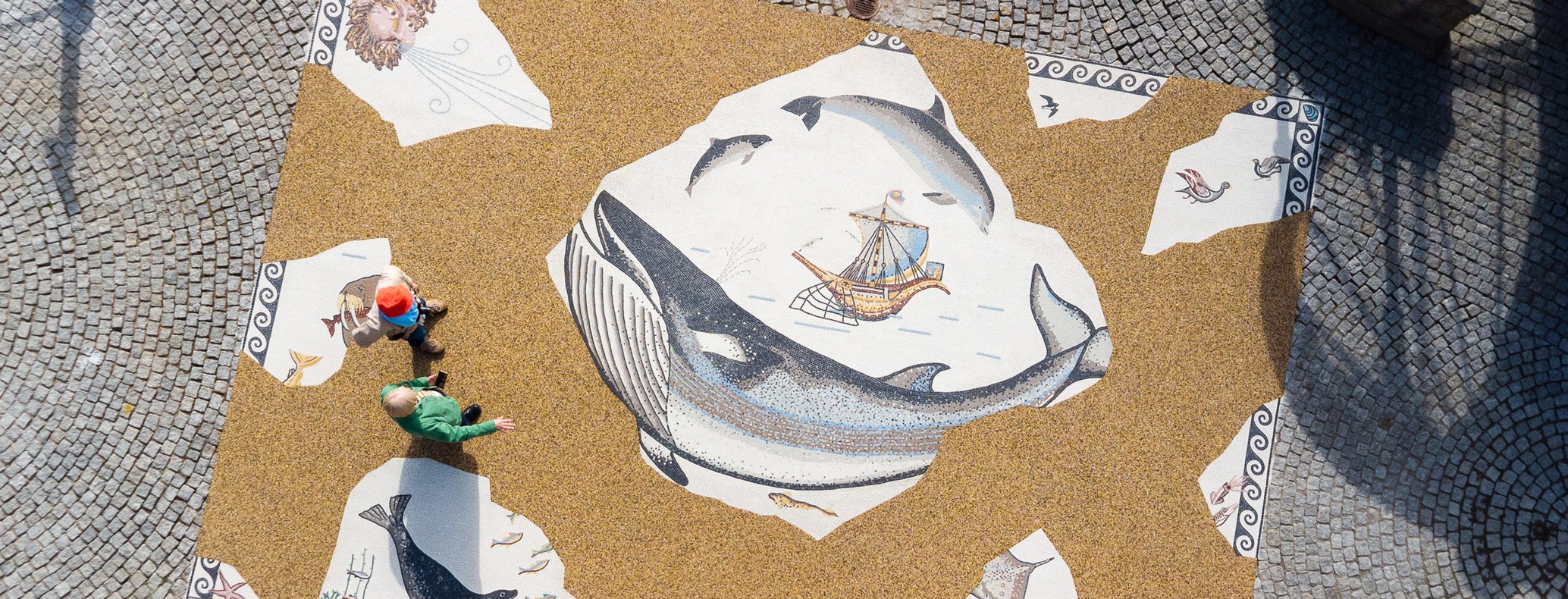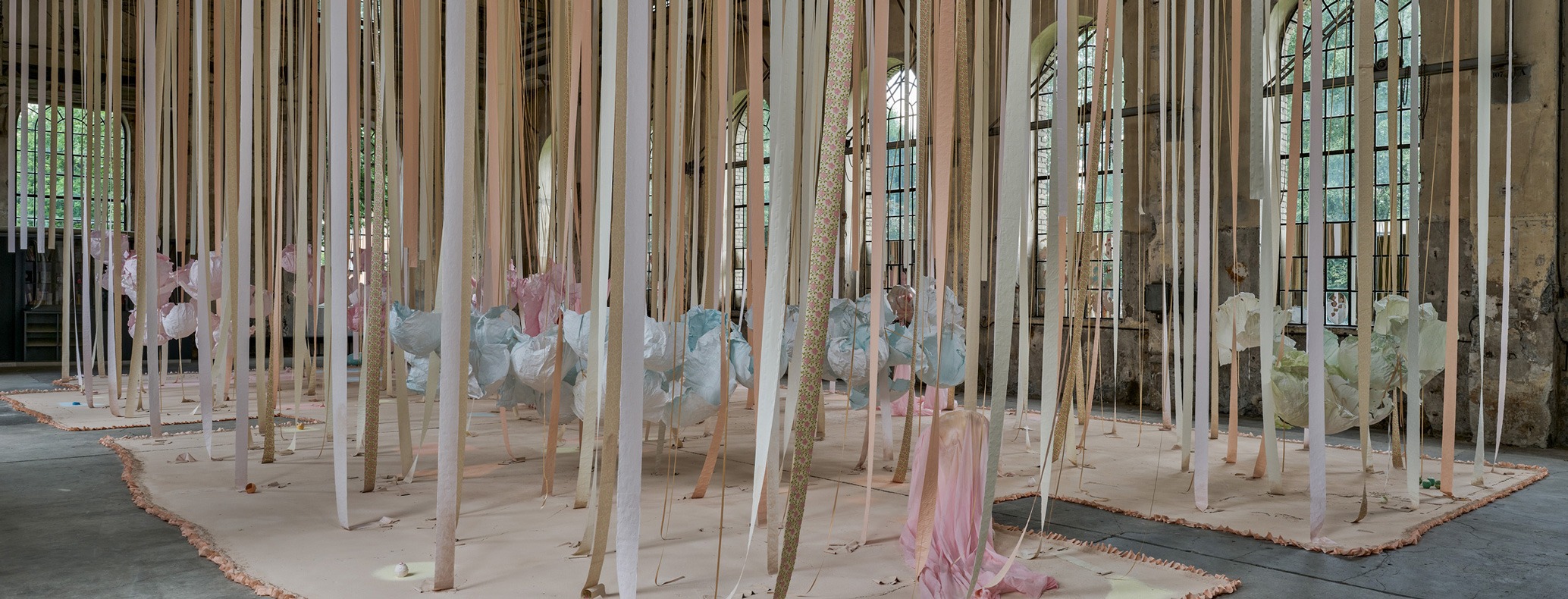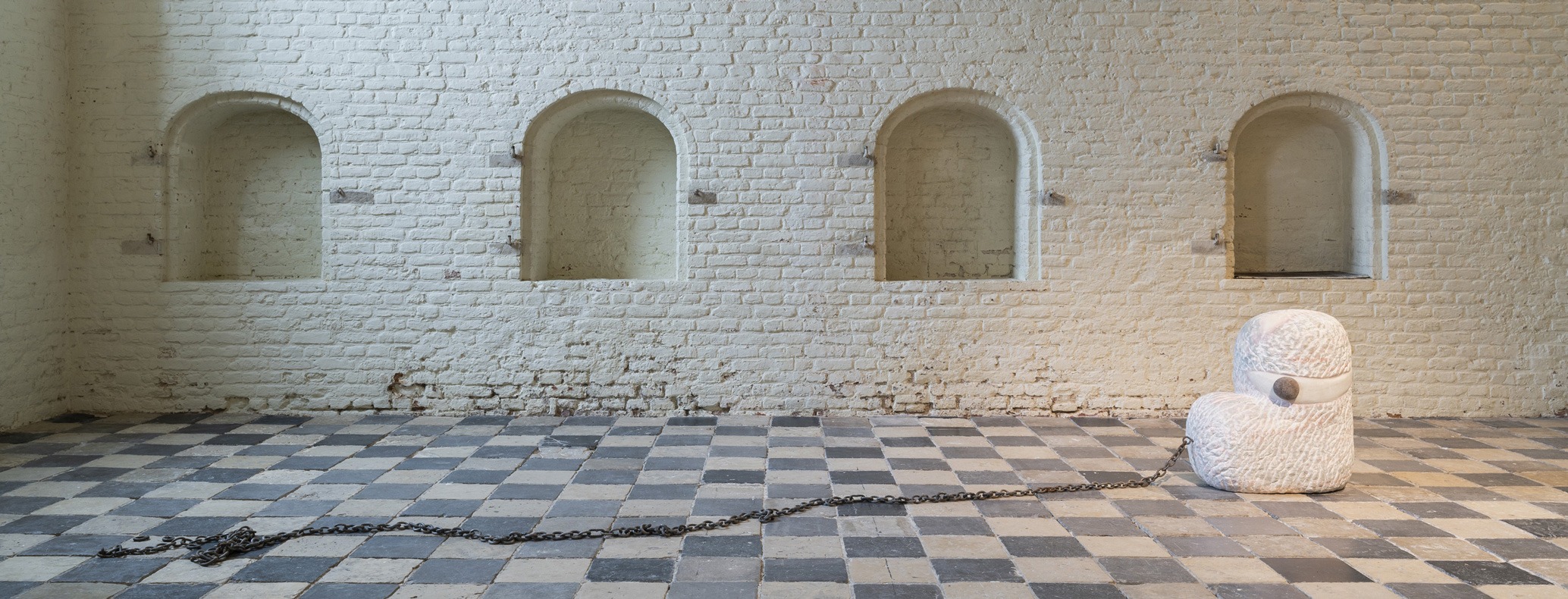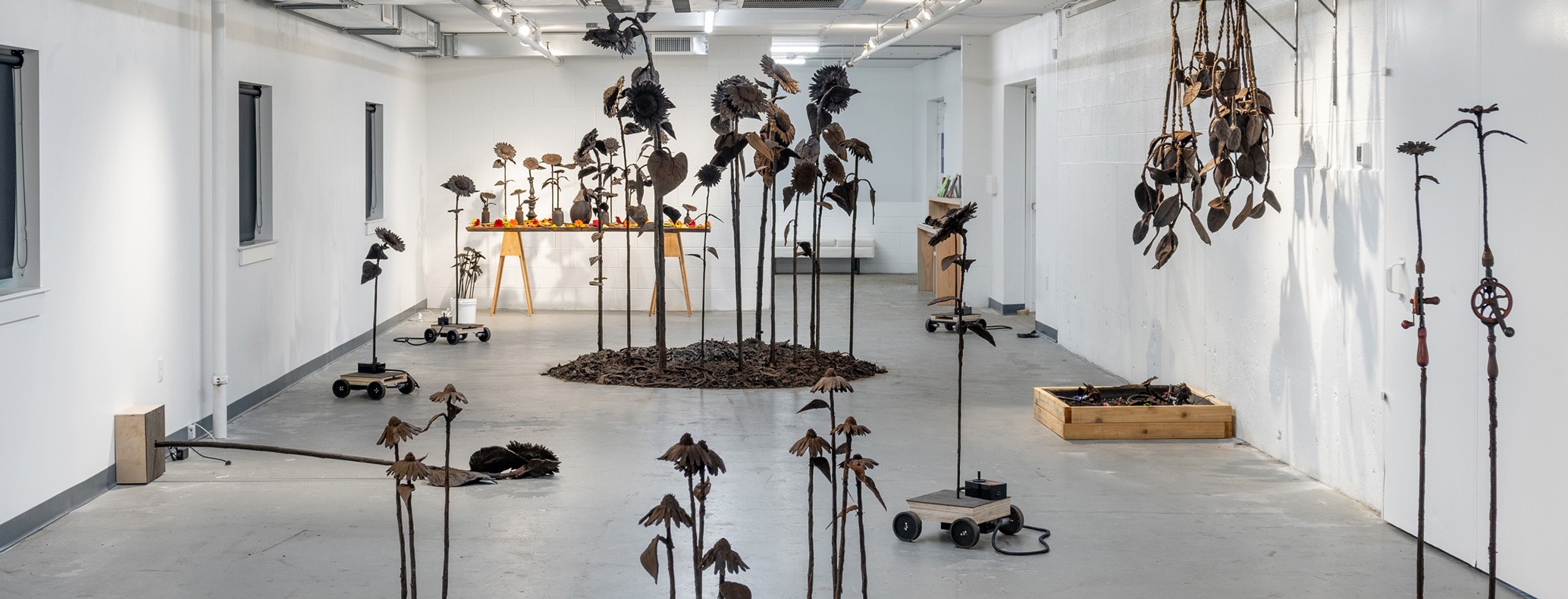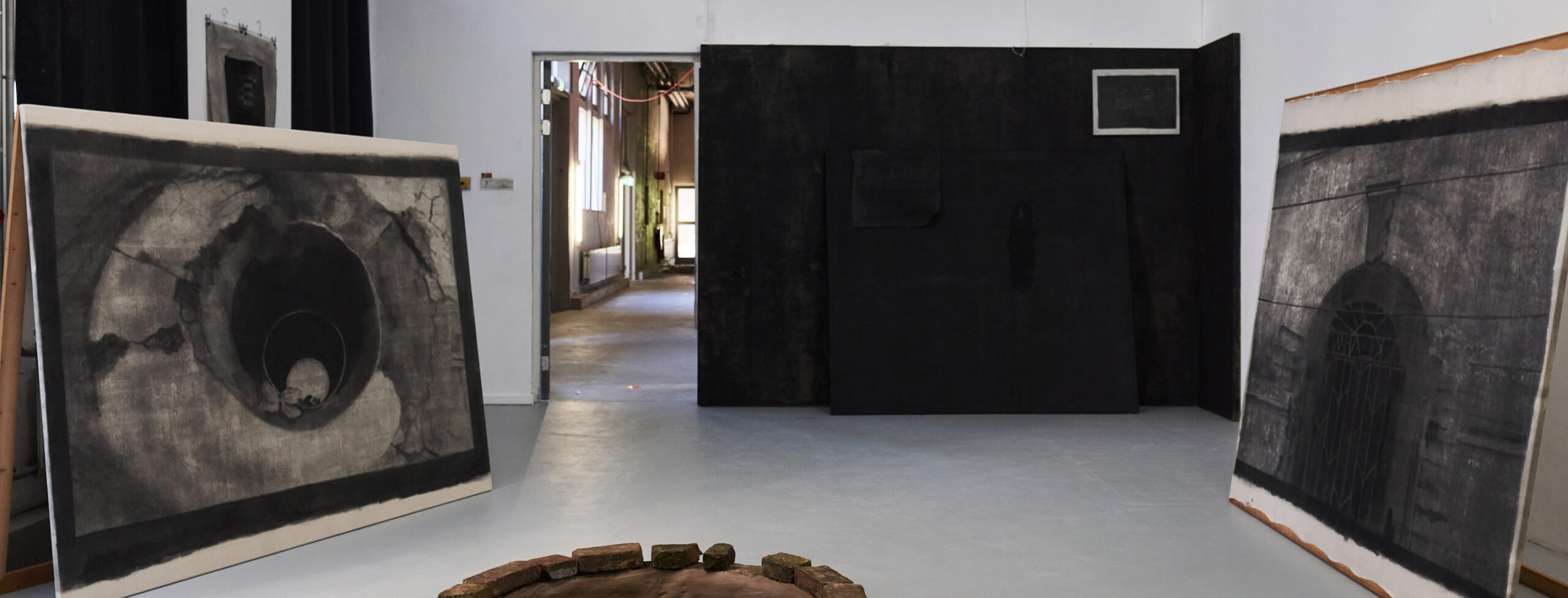LONDON Arcadia Missa While Hünerfauth struggled with the social and political conditions of post-Nazi Germany, she also attempted to understand rising pressures on perception, community, and nature in the face of technological advancement.
Proving a Different Rule: A Conversation with Jesse Darling
Jesse Darling, recently returned to the U.K. after living in Berlin and now teaching at Oxford’s Ruskin School of Art, uses unorthodox combinations of everyday materials and found objects to endow his assemblages and installations with potent lyricism and sociopolitical critique.
Organic Formations: A Conversation with Ángel Bados
Combining materials that range from cardboard and textiles to bronze and found objects, Ángel Bados’s sculptures produce fascinating contrasts of form, color, texture, and mood. An artist and educator who began his career in the 1970s working in installation art, Bados changed direction in 1983 after moving to Bilbao, where he played a key role
Esculturas pictóricas: Una Conversación con Mondongo
Mondongo se presenta como un grupo de artistas argentinos que trabajan colectivamente desde 1999, intentando desenfocar la noción de autoría. De la mano de Juliana Laffitte y Manuel Mendanha, desarrollan series de pinturas en alto relieve donde se abordan temas como el poder, el trabajo, la economía, la sexualidad, a través del uso de materialidades
Disparate Realities: A Conversation with Monira Al Qadiri
By combining personal experience, perspectives on the history and culture of the Persian Gulf region, and investigations into the many tentacles of the petrochemical industry, Berlin-based Kuwaiti artist Monira Al Qadiri produces works that impel us to contend with our ongoing relationship to and dependence on crude oil.
Lauren Grossman
SEATTLE Traver Gallery Cocked (2020), with its cage of interlocking steel rods, summons up the classical sculptural convention of contrapposto; bending to one side, the viewer vicariously enters into dialogue with the captive figure, complete with black cast-iron ears.
Eugene Macki
PITTSBURGH Mattress Factory Without a doubt, it is the visitor who is destined to activate this uncanny field of objects and to find meaning through his or her own experience and reimagining. As Ilya Kabakov has said: “The main actor in a total installation, the main center toward which everything is addressed, for which everything is intended, is the viewer.”
Lori Goodman and Teddy Milder
EUREKA AND BENECIA, CALIFORNIA The Barn Gallery and Arts Benecia collective grief—in memoriam packs more than 100 boxy forms made of handmade paper onto a low, nine-by-12-foot plinth to create an aggregation of structures that recall the apartment buildings and office towers of every midsize city around the world—all of them similar, no two exactly alike.
The Agency of Things: A Conversation with Juan Ortiz-Apuy
The human hand’s ability to touch, display, gesture, and manipulate materials forms the core of Coming to Grips, Juan Ortiz-Apuy’s current installation at YYZ Artists’ Outlet in Toronto.
Fragile Times: A Conversation with Nataliya Zuban
Though Nataliya Zuban is steeped in the traditional ceramic production of her native town of Opishnia (known as the ceramic capital of Ukraine), she applies her deep understanding of material and process in strikingly unconventional ways as a window into natural processes.



